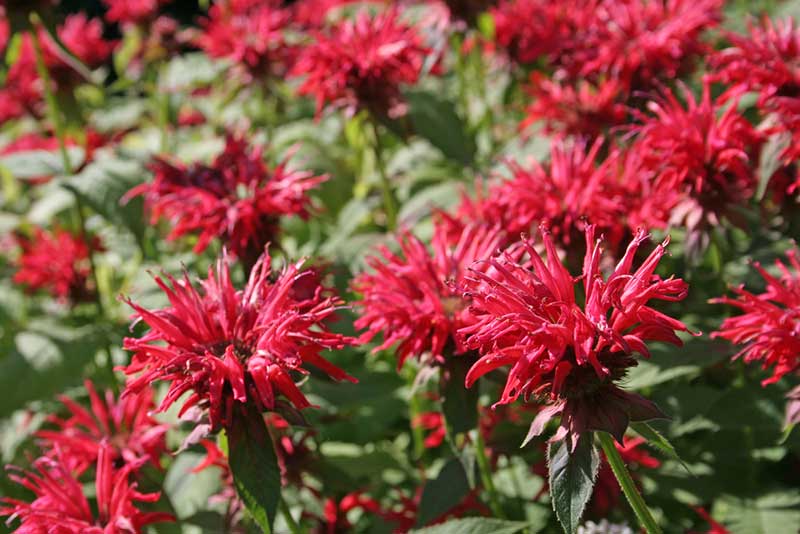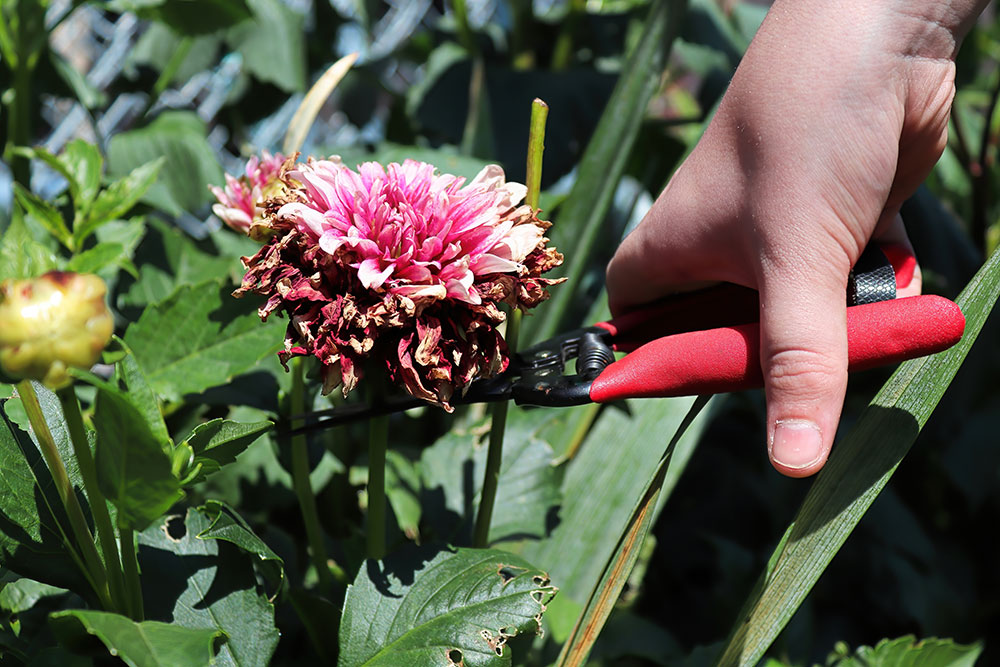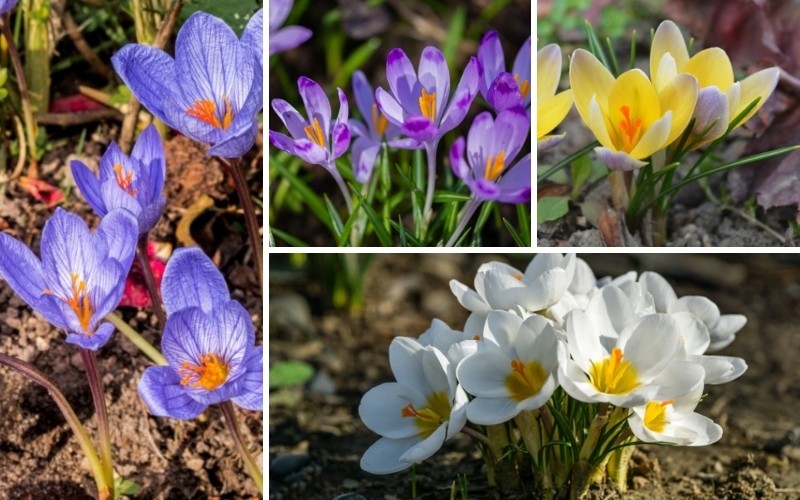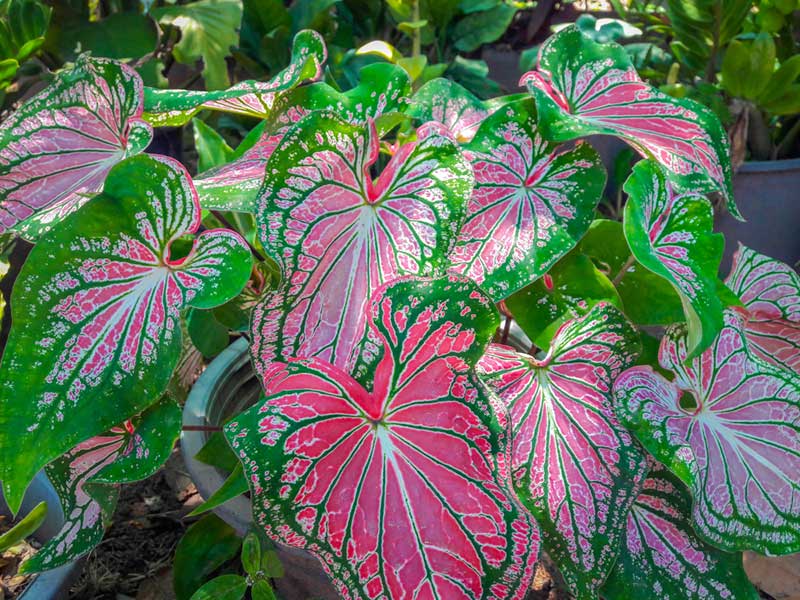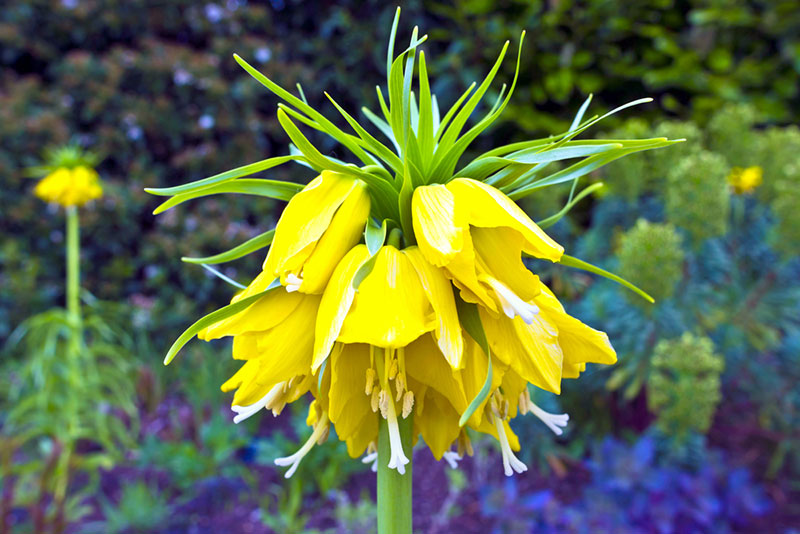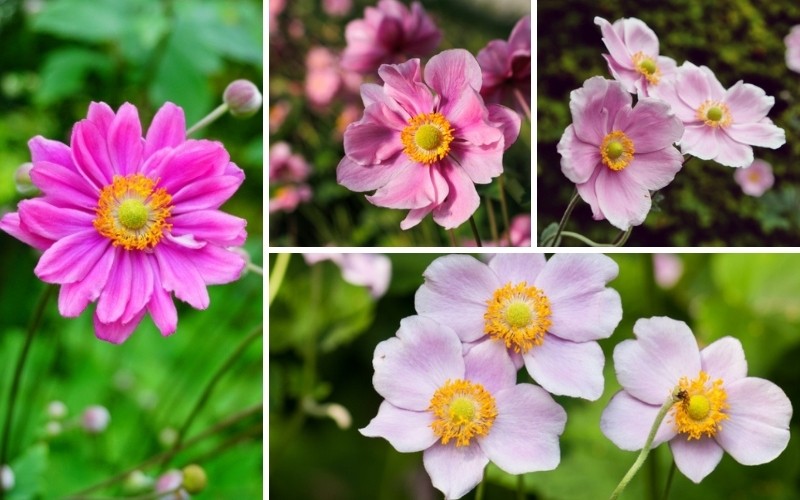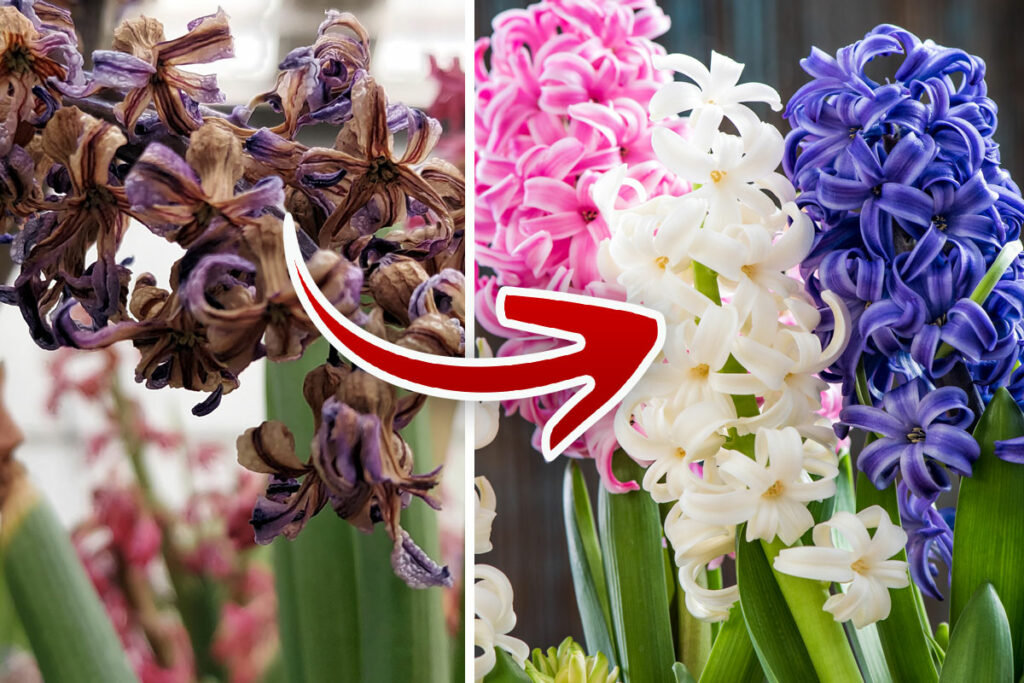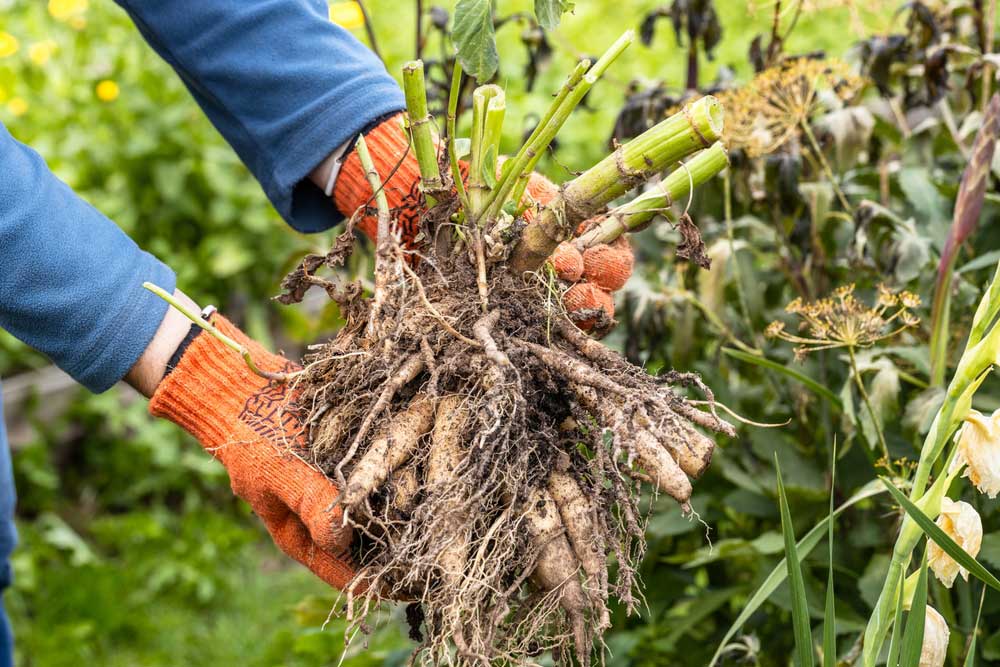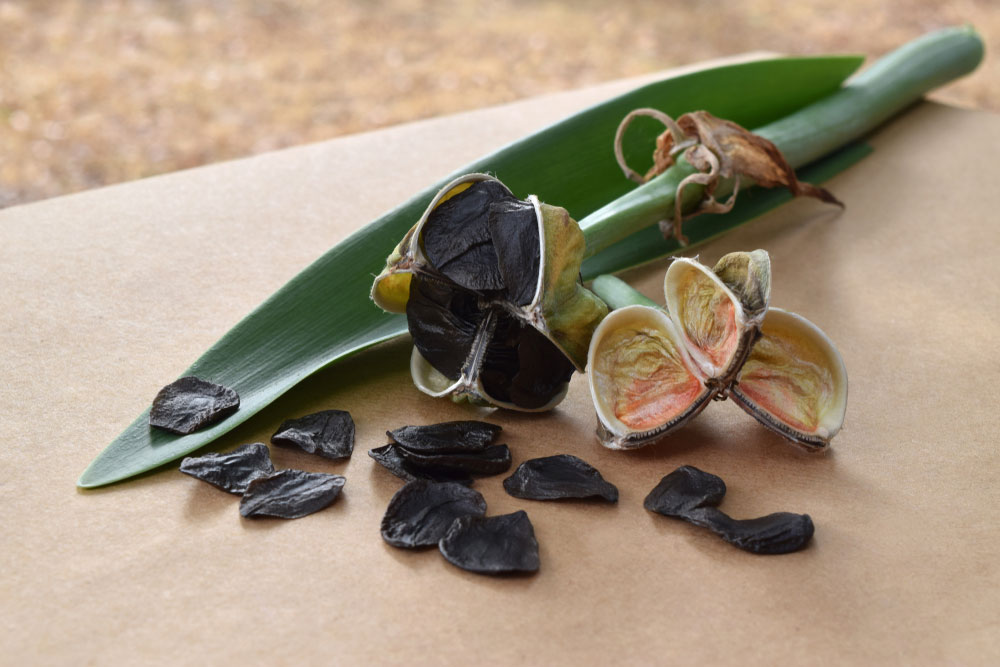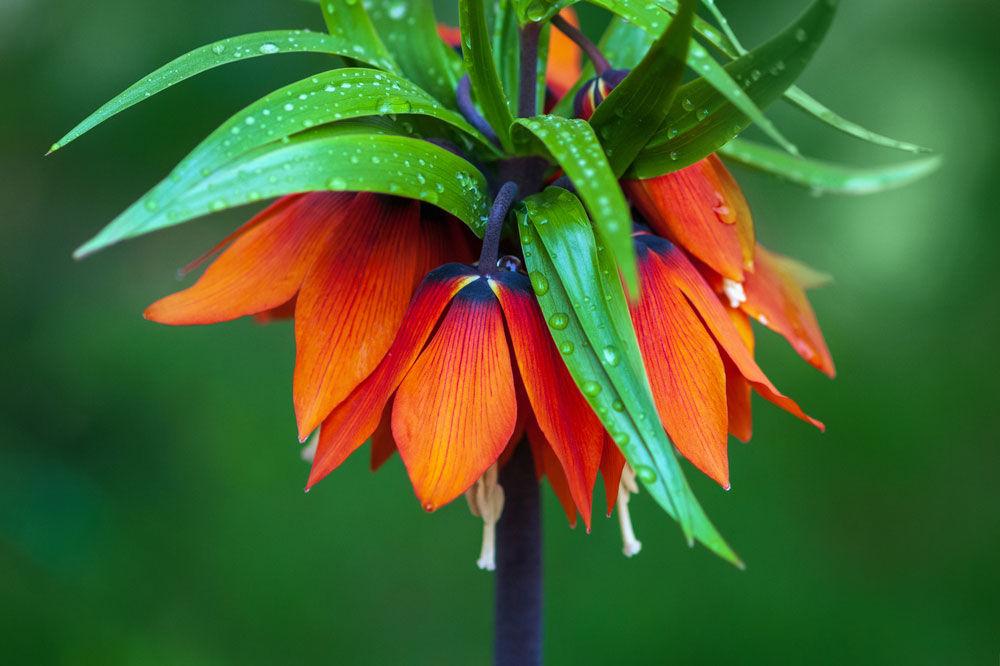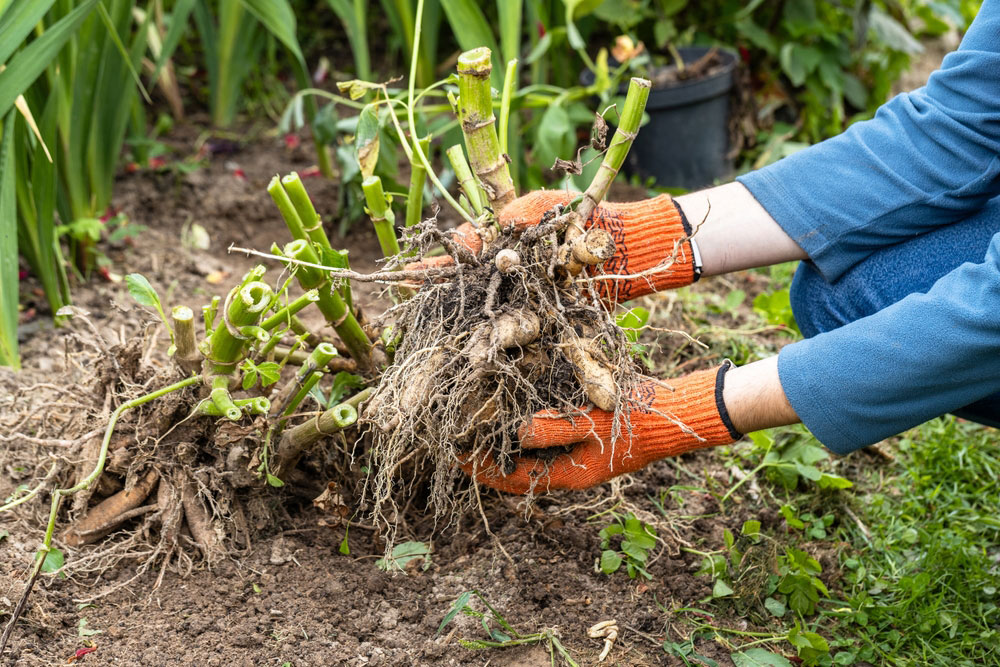
The last days of summer shouldn’t put an end to your colorful blooms. Only annual plants like petunias and impatiens are fleeting.
Other bright contributors to your backyard oasis, including canna lilies, dahlias, and gladiolus, can be dug up and stored snugly away from winter’s freezing temperatures for new planting next spring.
These are called tender bulbs, and if you care for them properly, they’ll bloom year after year, bringing both happiness and pollinators for your summer viewing pleasure.
What Are Tender Bulbs?
Tender bulbs are the opposite of hardy bulbs like tulips or hyacinth.
Rather than surviving cold winter months underground to rise again in the spring, they’ll perish if subjected to too much cold.
Worse, tender bulbs are often costly, so it’s important to pamper them in the manner they demand.
In this way, you’ll avoid having to buy them again, year after year, as you would a less-expensive annual plant.
How Do I Know If I Have Tender Bulbs?
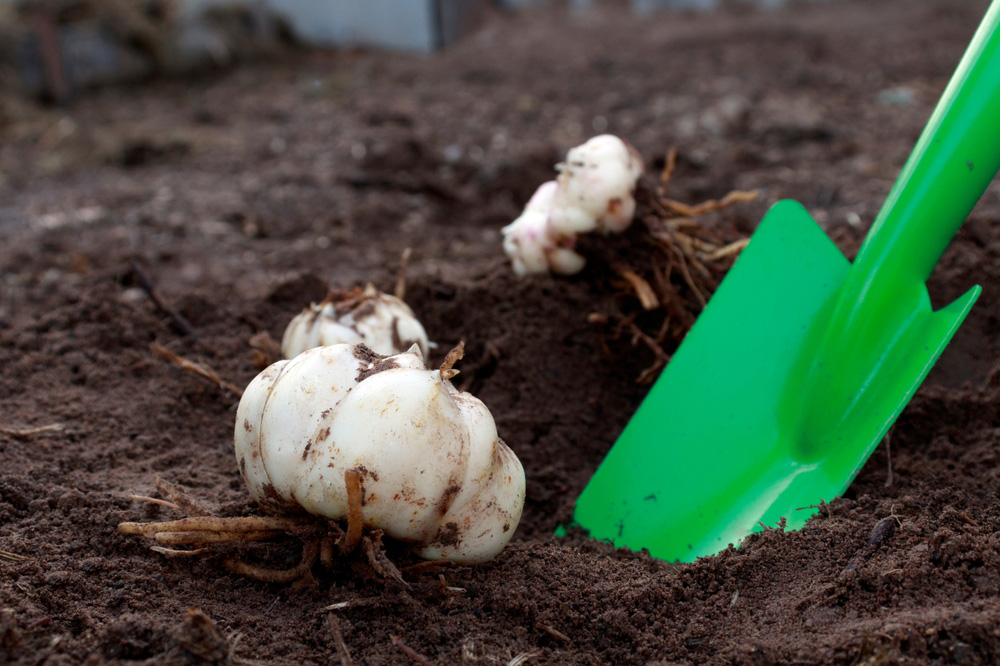
A lot depends on your growing zone. This is determined by your location. In the United States, growing zones are determined by the USDA Plant Hardiness Zone Map, which divides the country into horizontal rows, or growing zones, according to average extreme winter temperature.
Typically, if you live in growing zone 7 or anywhere north of growing zone 7, you must dig up tender bulbs to keep them safe for next year.
In gardens located south of growing zone 7, tender bulbs can “winter over” underground without intervention.
Tender bulbs include those mentioned above, plus:
- Begonia
- Ranunculus
- Caladium
- Peacock orchid
- Crocosmia
You may have other tender bulbs in your summer garden, as well.
The best way to know for sure whether your new bulb, corm, tuber, rhizome, or bare-root plant needs help wintering over is to read the packaging or talk to your greenhouse specialist before making your purchase.
How Do I Dig Up My Tender Bulbs?
A good rule of thumb is to dig bulbs after the foliage has dried and withered.
Many bulbs will even be fine until after the first frost.
Once frost has come and gone, however, it’s important to get your tender bulbs out of the ground within a few days to prevent damage.
Dig them carefully with a small, handheld tool and avoid cutting into the bulb, rubbing off the skin, or bruising the bulb as much as possible.
Damaged areas are often good targets for plant pathogens that cause rot, even in dry storage, so it’s vital to use care in handling your tender bulbs.
Once they’re out of the ground, it’s safe to shake off any remaining soil. You can even rinse most bulbs gently with the garden hose before storing.

Next, allow all bulbs to dry for several days. Keep them out of extreme heat, sun, or cold and in an area that has air movement, such as on a picnic table in a shady spot in the backyard.
How Do I Store Tender Bulbs for the Winter?
Once you’ve dug, cleaned, and dried your bulbs, the difficult part is over.
All that’s left is to check them for signs of disease or pests, such as worms or insects, toss any bulbs that look suspect, and pack the remaining bulbs gently away until it’s time to plant them next spring.
You’ll want to use a medium such as peat moss or sawdust and place the bulbs loosely in layers, so they’re not touching.

Place the box in a cool, dry place where they won’t freeze, such as a basement or garage, and that should keep everything safe until the spring.
If you like, you can check on your bulbs occasionally, just to make sure they’re not too wet or too dry.
However, for the most part, packing them away in this manner and storing them in the right temperature and humidity should be enough.
What Happens in the Spring?
If you’re an avid season-round gardener, what happens in the spring involves the eruption of all your hardy bulbs that made it through the winter without any help from you.
These include the brightly blooming crocus, tulips, hyacinths, and more.
They’re among some of the first flowers to bloom in colder growing zones, and the delight they bring after a long, hard winter cannot be overstated.
Still, it’s best not to rush to plant those bulbs you have in winter storage.
Wait until after your last frost date to replant them, just to be safe. In this way, you won’t have to worry about nature sabotaging all your hard work.
You can even restart your plants indoors in pots, if you like, to give them a bit of a jump start on the growing and blooming season.
You can find your area’s last frost date by using online tools such as the Old Farmer’s Almanac.
Tips for Getting the Most Blooms
To coax your plants and bulbs into providing you with the most blooms imaginable, try giving them their ideal growing conditions.
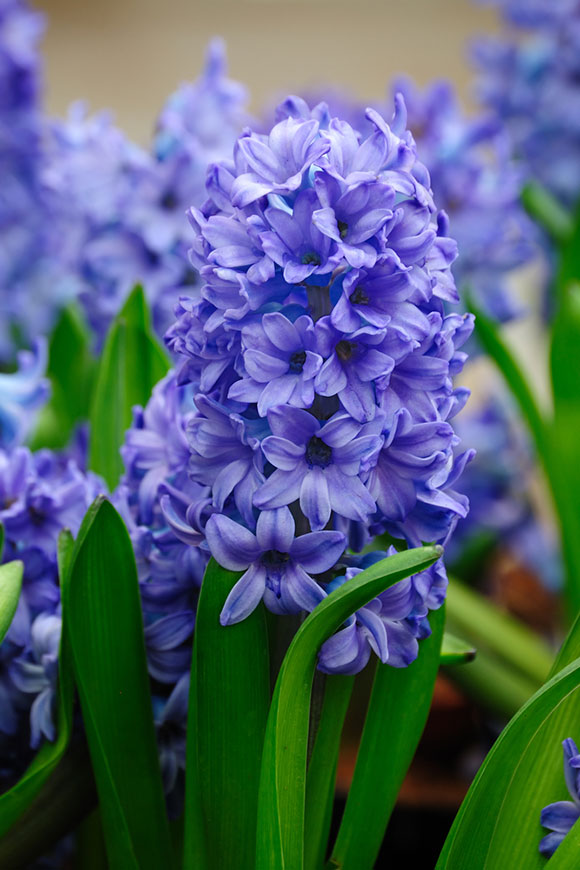
This means researching your plants before deciding where to place them in the landscape.
Some plants are more finicky than others, so always look for phrases such as “dappled shade,” “partial-to-full sun,” and “well-drained soil,” and do your best to accommodate them.
Pollinators are also important, so be mindful of the types of pest control you’re using in areas surrounding your gardens.
Probably most important, however, is to water, water, water your plants throughout the hot, dry days of summer.
Few conditions will kill a plant faster than dry, crumbling soil. Using mulch around the base of your plants where possible may help you avoid watering constantly, too.
Overall, if you treat your more-delicate plants with just a bit of extra love and care, they’ll return the favor ten-fold next summer.
The trick is to be consistent and to plan ahead for that small bit of extra work that comes with the glory provided by tender bulbs.


